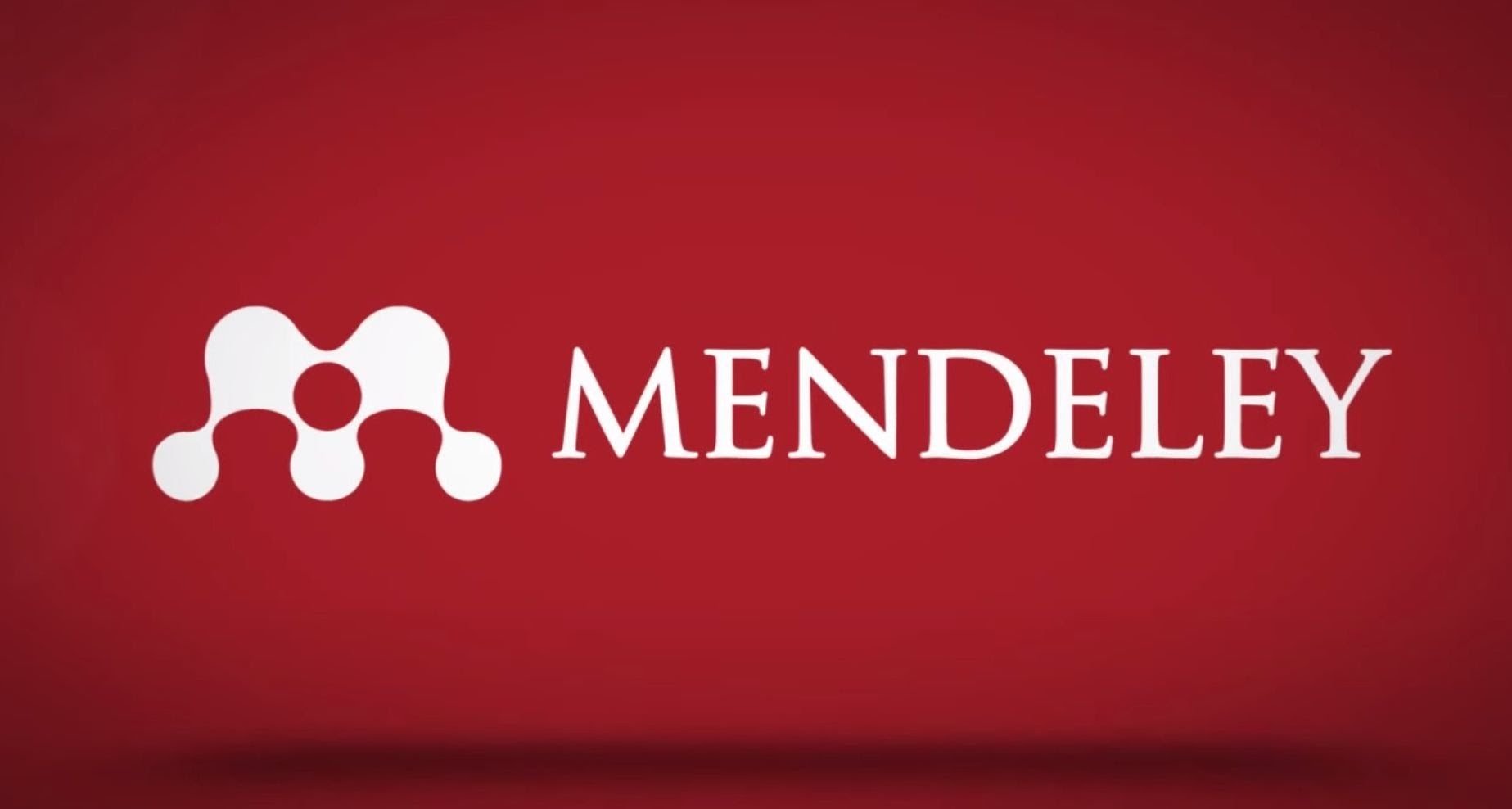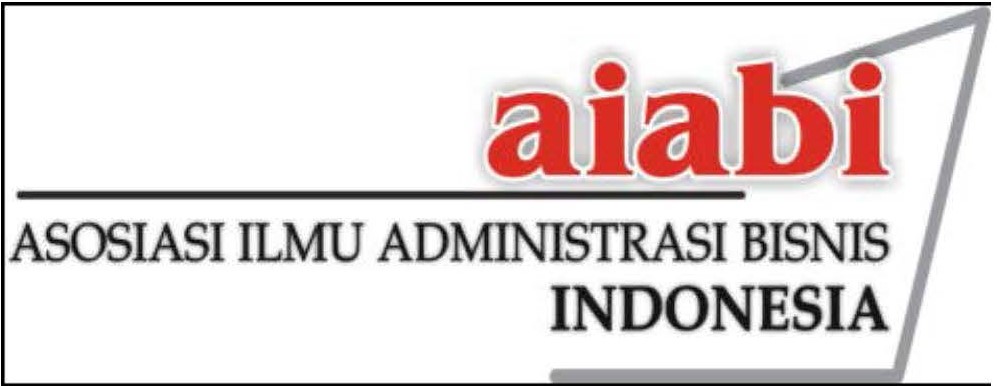TRANSMISI DAMPAK PANDEMI COVID-19 PADA STABILITAS BANK: STUDI KASUS PERBANKAN DI INDONESIA DI AWAL PANDEMI
Abstrak
The COVID-19 pandemic has caused an unforeseen contraction and a spike in volatility in the financial sector. This study aims to estimate the transmission impact of the spread of the COVID-19 pandemic on banking stability through economic activity and bank performance. Using a simultaneous equation model with panel data from 71 banks from January to June 2020, the study found that control policies caused by an increase in confirmed cases of COVID-19 significantly affected economic output and unemployment. Economic output and unemployment further disseminated the impact of the pandemic on bank profitability and lending, which was then significantly transmitted to bank stability. The findings of this study provide an overview of how the impact of health sector disasters on economic turmoil and banking performance. Hopefully, this finding can be a reference related to policymaking when unprecendented events occur in the future.
Pandemi COVID-19 telah menimbulkan kontraksi yang tak terduga dan lonjakan volatilitas pada sektor keuangan. Studi ini bertujuan untuk mengestimasi transmisi dampak penyebaran pandemi COVID-19 terhadap stabilitas perbankan melalui aktivitas ekonomi dan kinerja bank. Menggunakan model persamaan simultan dengan data panel dari 71 bank dari Januari hingga Juni 2020, studi ini menemukan bahwa kebijakan pengendalian yang disebabkan oleh peningkatan kasus terkonfirmasi COVID-19 secara signifikan memengaruhi output ekonomi dan pengangguran. Output ekonomi dan pengangguran selanjutnya menyebarluaskan dampak pandemi pada profitabilitas bank dan penyaluran kredit yang kemudian secara signifikan juga tertransmisikan ke pada stabilitas bank. Temuan dari studi ini memberikan gambaran bagaimana dampak bencana sektor kesehatan terhadap gejolak ekonomi dan kinerja perbankan. Diharapkan temuan ini dapat menjadi referensi terkait pengambilan kebijakan ketika terjadi kejadian yang tak terduga di masa depan.
Kata Kunci
Teks Lengkap:
PDFReferensi
Albertazzi, U., & Gambacorta, L. (2009). Bank profitability and the business cycle. Journal of Financial Stability, 5(4), 393–409. https://doi.org/10.1016/j.jfs.2008.10.002
Ari, A., Chen, S., & Ratnovski, L. (2019). The Dynamics of Non-Performing Loans during Banking Crises. IMF Working Papers, 2019(272). https://doi.org/10.5089/9781513521152.001
Ari, A., Chen, S., & Ratnovski, L. (2020). COVID-19 and Non-Performing Loans: Lessons from past Crises. SSRN Electronic Journal, (71), 1–7. https://doi.org/10.2139/ssrn.3632272
Arnoud, W. A., Boot, A., & Schaefer, S. (2020). The Coronavirus and financial stability.
Athanasoglou, P. P., Brissimis, S. N., & Delis, M. D. (2008). Bank-specific, industry-specific and macroeconomic determinants of bank profitability. Journal of International Financial Markets, Institutions and Money. https://doi.org/10.1016/j.intfin.2006.07.001
Auray, S., & Eyquem, A. (2020). The macroeconomic effects of lockdown policies. Journal of Public Economics, 190, 104260. https://doi.org/10.1016/j.jpubeco.2020.104260
Baek, C., Mccrory, P. B., Messer, T., & Mui, P. (2020). Unemployment Effects of Stay-at-Home Orders : Evidence from High Frequency Claims Data. Working Paper.
Baldwin, R. (2020). Economics in the Time of COVID-19.
Bank Indonesia. (2018). Kajian Stabilitas Sistem Keuangan. Jakarta.
Baselga-pascual, L., Trujillo-ponce, A., & Cardone-riportella, C. (2015). Factors influencing bank risk in Europe : Evidence from the financial crisis. North American Journal of Economics and Finance, 34, 138–166. https://doi.org/10.1016/j.najef.2015.08.004
Beck, T., Demirgu, A., & Levine, R. (2006). Bank concentration , competition , and crises : First results. Journal of Banking and Finance, 30, 1581–1603. https://doi.org/10.1016/j.jbankfin.2005.05.010
Berger, A. N., & DeYoung, R. (1997). Problem Loans and Cost Efficiency in Commercial Banks. Finance and Economics Discussion Series, 1997(08), 1–29. https://doi.org/10.17016/feds.1997.08
Bonaccorsi, G., Pierri, F., Cinelli, M., Flori, A., Galeazzi, A., Porcelli, F., … Pammolli, F. (2020). Economic and social consequences of human mobility restrictions under COVID-19. Proceedings of the National Academy of Sciences of the United States of America, 117(27), 15530–15535. https://doi.org/10.1073/pnas.2007658117
Bongini, P., Cucinelli, D., Battista, M. L. Di, & Nieri, L. (2019). Profitability shocks and recovery in time of crisis evidence from European banks. Finance Research Letters, 30(October 2018), 233–239. https://doi.org/10.1016/j.frl.2018.10.003
Cai, L. (2010). The relationship between health and labour force participation : Evidence from a panel data simultaneous equation model. Labour Economics, 17(1), 77–90. https://doi.org/10.1016/j.labeco.2009.04.001
Castrén, O., Fitzpatrick, T., & Sydow, M. (2009). Assessing portfolio credit risk changes in a sample of EU large and complex banking groups in reaction to macroeconomic shocks. Working Paper Series.
De Vito, A., & Gómez, J. P. (2020). Estimating the COVID-19 cash crunch: Global evidence and policy. Journal of Accounting and Public Policy, 39(2). https://doi.org/10.1016/j.jaccpubpol.2020.106741
Demirgüç-Kunt, A., & Huizinga, H. (2010). Bank activity and funding strategies: The impact on risk and returns. Journal of Financial Economics, 98(3), 626–650. https://doi.org/10.1016/j.jfineco.2010.06.004
Demsetz, R. S., & Strahan, P. E. (1997). Demsets.pdf. Journal of Money, Credit and Banking, 29(3).
Donthu, N., & Gustafsson, A. (2020). Effects of COVID-19 on business and research. Journal of Business Research, 117(June), 284–289. https://doi.org/10.1016/j.jbusres.2020.06.008
ECB. (2020). Financial Stability Review. ECB Financial Stability Review, (June).
Fang, J., Lau, C. M., Lu, Z., Tan, Y., & Zhang, H. (2019). Bank performance in China : A Perspective from Bank efficiency , risk-taking and market competition. Pacific-Basin Finance Journal, 56(February), 290–309. https://doi.org/10.1016/j.pacfin.2019.06.011
Florian, D., Francis, J. L., Hoyle, D. F., & Francis, J. L. (2016). Unemployment and Gross Credit Flows in a New Keynesian Framework (No. 2016–007).
Foos, D., Norden, L., & Weber, M. (2010). Loan growth and riskiness of banks. Journal of Banking and Finance, 34(12), 2929–2940. https://doi.org/10.1016/j.jbankfin.2010.06.007
Ghosh, A. (2015). Banking-industry specific and regional economic determinants of non-performing loans: Evidence from US states. Journal of Financial Stability, 20, 93–104. https://doi.org/10.1016/j.jfs.2015.08.004
Glen, J., & Mondragón-vélez, C. (2011). Business cycle effects on commercial bank loan portfolio performance in developing economies ଝ. Journal of Advanced Research, 1(2), 150–165. https://doi.org/10.1016/j.rdf.2011.03.002
Goodell, J. W. (2020). COVID-19 and finance : Agendas for future research. Finance Research Letters, 35(April). https://doi.org/10.1016/j.frl.2020.101512
Gropp, R., & Heider, F. (2010). The determinants of bank capital structure. Review of Finance. https://doi.org/10.1093/rof/rfp030
Hoyle, D. F., & Francis, J. L. (2016). Unemployment and Gross Credit Flows in a New Keynesian Framework. 85.
Huang, R., & Ratnovski, L. (2011). The Dark Side of Bank Wholesale Funding.
Kalemli-Ozcan, S., Laeven, L., & Moreno, D. (2018). Debt Overhang, Rollover Risk, and Corporate Investment: Evidence from the European Crisis. National Bureau of Economic Research. https://doi.org/10.3386/w24555
Keeley, M. C. (1990). Deposit Insurance , Risk , and Market Power in Banking. American Economic Review, 80(5), 1183–1200.
Köhler, M. (2014). Does non-interest income make banks more risky? Retail- versus investment-oriented banks. Review of Financial Economics. https://doi.org/10.1016/j.rfe.2014.08.001
Kong, E., & Prinz, D. (2020). The Impact of Shutdown Policies on Unemployment During a Pandemic. Covid Economics.
Lagoarde-segot, T., & Leoni, P. L. (2013). Pandemics of the poor and banking stability. JOURNAL OF BANKING FINANCE. https://doi.org/10.1016/j.jbankfin.2013.04.004
Leduc, S., & Liu, Z. (2016). Uncertainty shocks are aggregate demand shocks. Journal of Monetary Economics, 82, 20–35. https://doi.org/10.1016/j.jmoneco.2016.07.002
Leduc, S., & Liu, Z. (2020). The Uncertainty Channel of the Coronavirus.
Leoni, P. L. (2011). HIV / AIDS And Banking Stability In Developing Countries. Bulletin Economic Research, (2011), 1–13. https://doi.org/10.1111/j.1467-8586.2011.00401.x
Louzis, D. P., Vouldis, A. T., & Metaxas, V. L. (2012). Macroeconomic and bank-specific determinants of non-performing loans in Greece: A comparative study of mortgage, business and consumer loan portfolios. Journal of Banking and Finance. https://doi.org/10.1016/j.jbankfin.2011.10.012
Maria, G., Lodh, S., & Nandy, M. (2017). The performance of banks in the MENA region during the global fi nancial crisis. Research in International Business and Finance, 42(September 2016), 583–590. https://doi.org/10.1016/j.ribaf.2017.07.003
Mishkin, F. S. (1999). Global Financial Instability : Framework , Events , Issues. Journal of Economic Perspectives, 13(4), 3–20.
Neuman, W.L. (2003), “Social Research Methods: Qualitative and Quantitative Approaches” (5th ed.). Boston: Allyn and Bacon
Nguyen, H., & Qian, R. (2012). The Cross-Country Magnitude and Determinants of Collateral Borrowing. Policy Research Working Paper, 6001(March).
Nicola, M., Alsafi, Z., Sohrabi, C., Kerwan, A., & Al-jabir, A. (2020). Since January 2020 Elsevier has created a COVID-19 resource centre with free information in English and Mandarin on the novel coronavirus COVID- 19 . The COVID-19 resource centre is hosted on Elsevier Connect , the company ’ s public news and information . (January).
Ovi, N., Bose, S., Gunasekarage, A., & Shams, S. (2020). Journal of Contemporary Do the business cycle and revenue diversification matter for banks ’ capital buffer and credit risk : Evidence from ASEAN banks. Journal of Contemporary Accounting & Economics, 16(1), 100186. https://doi.org/10.1016/j.jcae.2020.100186
Rahmadana, M. F., & Sagala, G. H. (2020). Economic resilience dataset in facing physical distancing during COVID-19 global pandemic. Data in Brief, 32, 106069. https://doi.org/10.1016/j.dib.2020.106069
Repullo, R. (2004). Capital requirements, market power, and risk-taking in banking. Journal of Financial Intermediation, 13(2), 156–182. https://doi.org/10.1016/j.jfi.2003.08.005
Rizwan, M. S., Ahmad, G., & Ashraf, D. (2020). Systemic risk : The impact of COVID-19 ☆. Finance Research Letters, 36(May). https://doi.org/10.1016/j.frl.2020.101682
Sapulette, M. S., Effendi, N., & Santoso, T. (2021). Fintech , Banks , And The COVID-19 Pandemic : Bulletin of Monetary Economics and Banking, 24(4), 559–588.
Sapulette, M. S., & Santoso, T. (2021). Macroeconomic and Public Health Policies amid COVID-19 Pandemic : Global Financial Sector s ’ Responses. Kajian Ekonomi & Keuangan, 5(2). https://doi.org/http://dx.doi.org/10.31685/kek.V5.2.879
Sheldon, G. (2020). Unemployment in Switzerland in the wake of the Covid-19 pandemic: an intertemporal perspective. Swiss Journal of Economics and Statistics, 156(1). https://doi.org/10.1186/s41937-020-00058-6
Silva, P. C. L., Batista, P. V. C., Lima, H. S., Alves, M. A., Guimarães, F. G., & Silva, R. C. P. (2020). COVID-ABS : An agent-based model of COVID-19 epidemic to simulate health and economic effects of social distancing interventions. Chaos, Solitons and Fractals, 139(July). https://doi.org/10.1016/j.chaos.2020.110088
Stern, S. (1997). Simulation-Based Estimation. Journal of Economic Literature, 35(4), 2006–2039.
Trujillo-Ponce, A. (2013). What determines the profitability of banks? Evidence from Spain. Accounting and Finance, 53(2), 561–586. https://doi.org/10.1111/j.1467-629X.2011.00466.x
Wójcik, D., & Ioannou, S. (2020). COVID-19 and Finance: Market Developments So Far and Potential Impacts on the Financial Sector and Centres. Tijdschrift Voor Economische En Sociale Geografie, 111(3), 387–400. https://doi.org/10.1111/tesg.12434
Zellner, A., & Theil, H. (1962). Three-Stage Least Squares: Simultaneous Estimation of Simultaneous Equations. Econometrica. https://doi.org/10.2307/1911287
DOI: https://doi.org/10.24198/adbispreneur.v8i3.47673
Refbacks
- Saat ini tidak ada refbacks.









